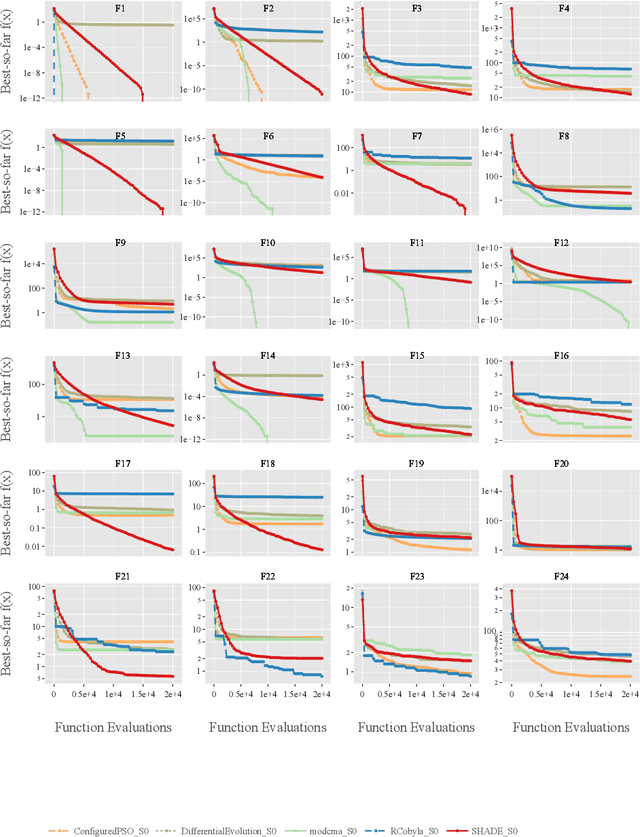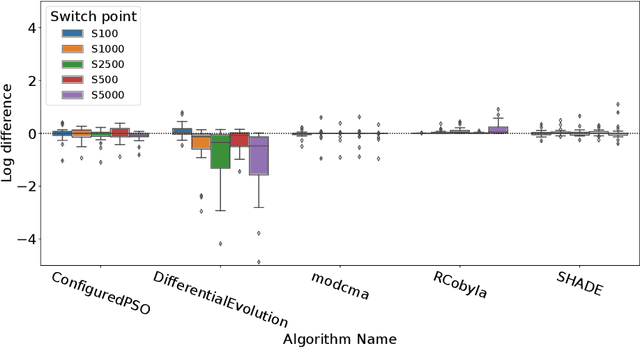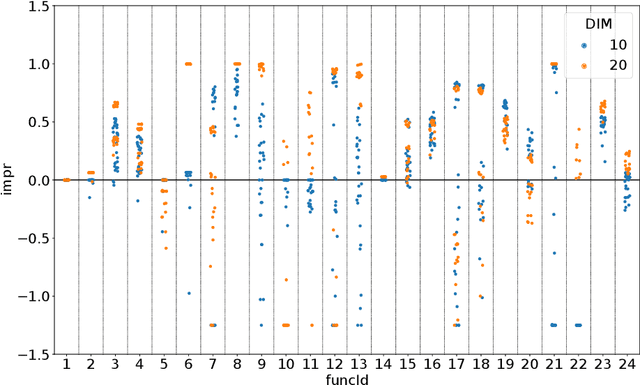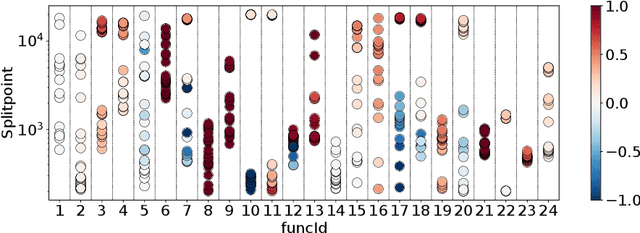To Switch or not to Switch: Predicting the Benefit of Switching between Algorithms based on Trajectory Features
Paper and Code
Feb 17, 2023



Dynamic algorithm selection aims to exploit the complementarity of multiple optimization algorithms by switching between them during the search. While these kinds of dynamic algorithms have been shown to have potential to outperform their component algorithms, it is still unclear how this potential can best be realized. One promising approach is to make use of landscape features to enable a per-run trajectory-based switch. Here, the samples seen by the first algorithm are used to create a set of features which describe the landscape from the perspective of the algorithm. These features are then used to predict what algorithm to switch to. In this work, we extend this per-run trajectory-based approach to consider a wide variety of potential points at which to perform the switch. We show that using a sliding window to capture the local landscape features contains information which can be used to predict whether a switch at that point would be beneficial to future performance. By analyzing the resulting models, we identify what features are most important to these predictions. Finally, by evaluating the importance of features and comparing these values between multiple algorithms, we show clear differences in the way the second algorithm interacts with the local landscape features found before the switch.
 Add to Chrome
Add to Chrome Add to Firefox
Add to Firefox Add to Edge
Add to Edge